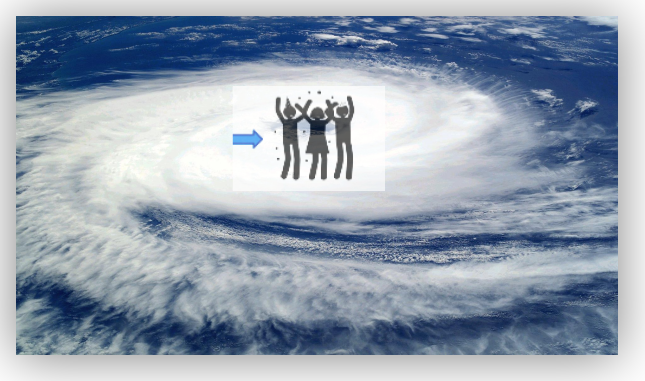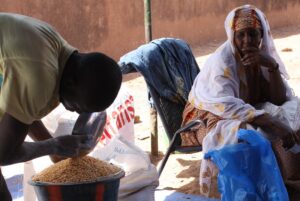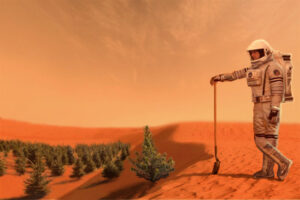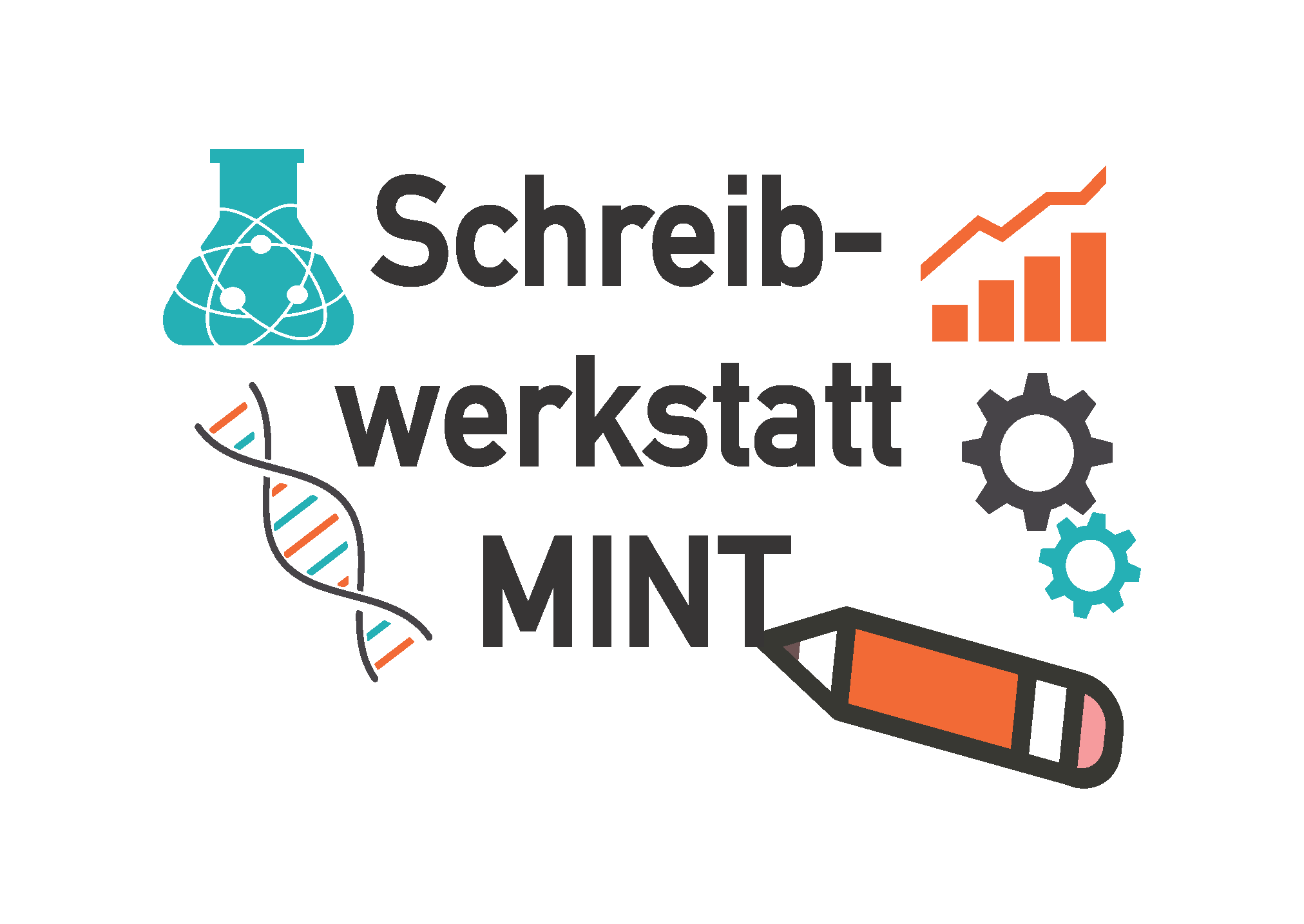Let’s talk about deep time!
By Hanna Knahl

Figure 1 – This is an artistic way of showing Antarctica’s transition from a warm climate with forest to a colder climate with rising ice 34 million years ago. Source: Created with AI Image Generator
Let’s travel back in time again, dig deep into the sediments and see what face Antarctica wants to show us this time! Is it hot and colourful or cool and icy? Or is it both? My “time machine” will bring us back into a climate full of change and mysteries.

















Recent Comments